NO GARDEN SHOULD BE WITHOUT AT LEAST A PATCH OF HYDRANGEAS.
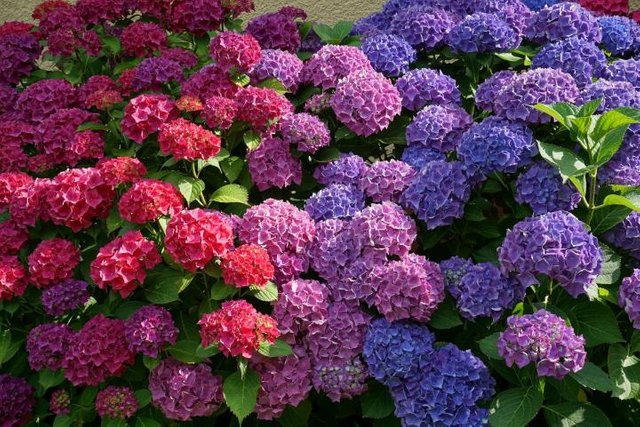
Hydrangeas can be grown throughout the country.
Give them extra TLC in hot dry areas by watering and protecting them from excessive heat.
In cold areas, grow them in containers in a sheltered spot or protect them from frost.
Place older varieties, which can reach 2–3m after 5–7 years, at the back of the border and the smaller cultivars nearer the front.
Good spots for hydrangeas are where they get good light, but not full sun, and shade from the hot midday and afternoon sun.
Try spots against south-facing walls or hedges or under tall trees.
In containers:
Potted hydrangeas must be kept well-watered as the light peaty/coir potting mix in which they’re planted can dry out rapidly.
To rehydrate them, immerse the whole container in water for a couple of hours.
Place them where they get good light but no direct sunlight and feed fortnightly with a pot plant mix.
Once the flowers fade, plant them into beds or larger containers in the garden or in the shade on a bright patio.
PLANTING AND MAINTENANCE
Soil:
Hydrangeas prefer good loamy soil, but will grow in sandy or clay soil which has been dug over and enriched with compost; good drainage is also necessary.
Plant them in holes that are wider than they are deep (around 60cm square and 45cm deep), with generous quantities of compost.
Mulching:
This helps conserve water in the soil and increase humidity; the latter, and misting, can reduce infestations of red spider mite in dry gardens.
Spread mulch over the root zone but don’t cover the crown of the plant.
TIP: To help intensify the blue colour of the flowers, use acid-based products like oak leaves, peat, pine needles and bark and tea leaves.
Feeding:
Hydrangeas are hungry plants.
Feed every six weeks with slow-release organic products from early spring until growth slows in autumn.
An initial high-nitrogen feed in early spring will encourage good leaf growth, then change to a more balanced feed.
The type of fertiliser used can also affect flower colour.
One high in phosphate, the middle number in the N.P.K. fertiliser ratio, will enhance the pink colour.
A low-phosphate/high-potassium (potash) ratio like 3:1:5 can help intensify blue shades
Photographs taken with my smartphone from my own garden.
SOURCE:- https://www.gardenandhome.co.za
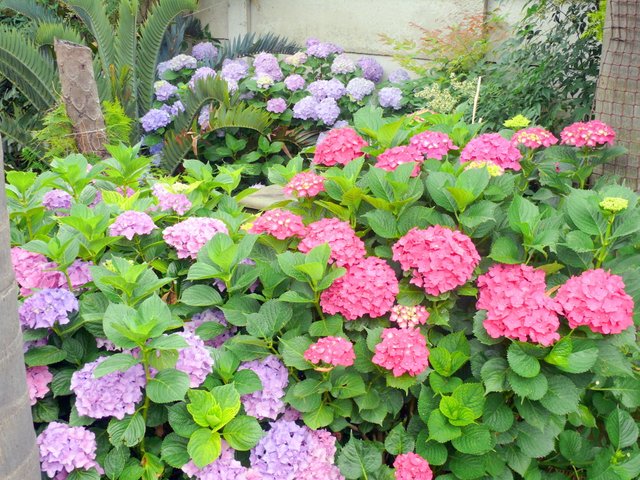
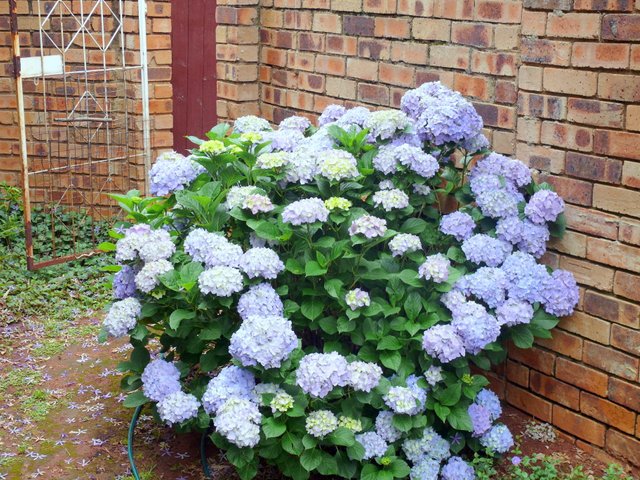
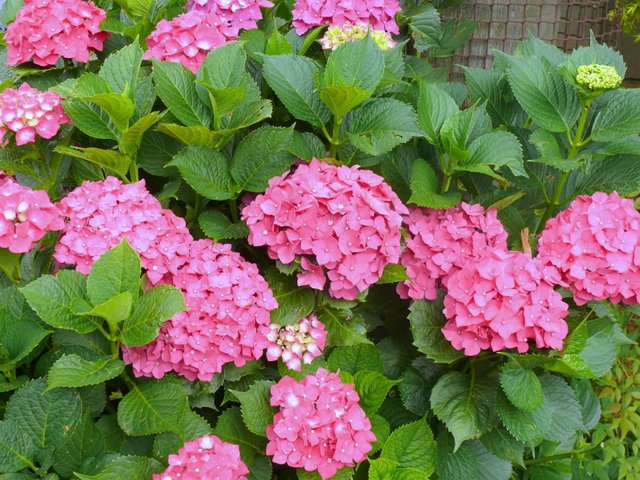
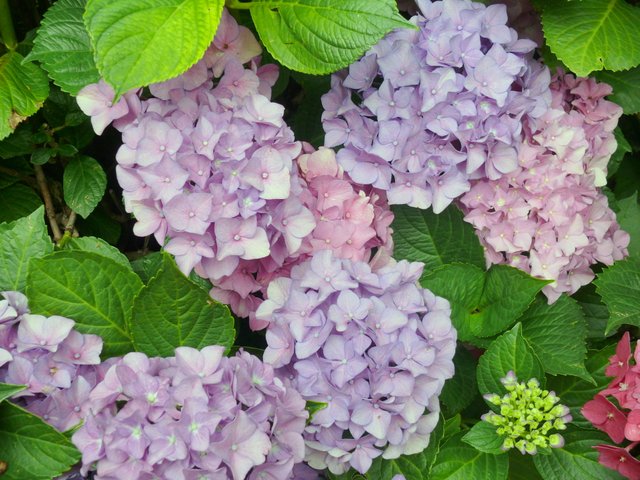
Hi! I am a robot. I just upvoted you! I found similar content that readers might be interested in:
https://www.gardenandhome.co.za/gardening/how-tos/growing-hydrangeas/
Downvoting a post can decrease pending rewards and make it less visible. Common reasons:
Submit
Yes that was the source of my info but not the photographs, they are all taken in my own garden.
Downvoting a post can decrease pending rewards and make it less visible. Common reasons:
Submit